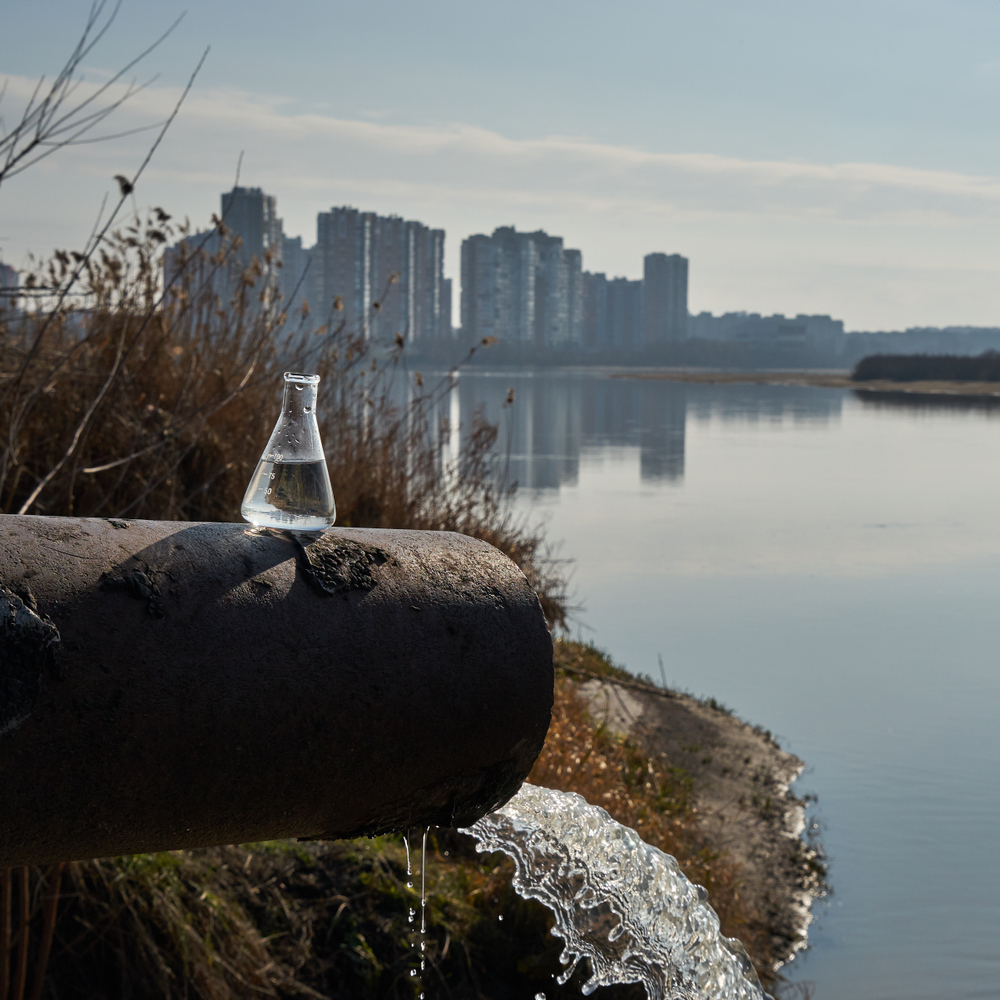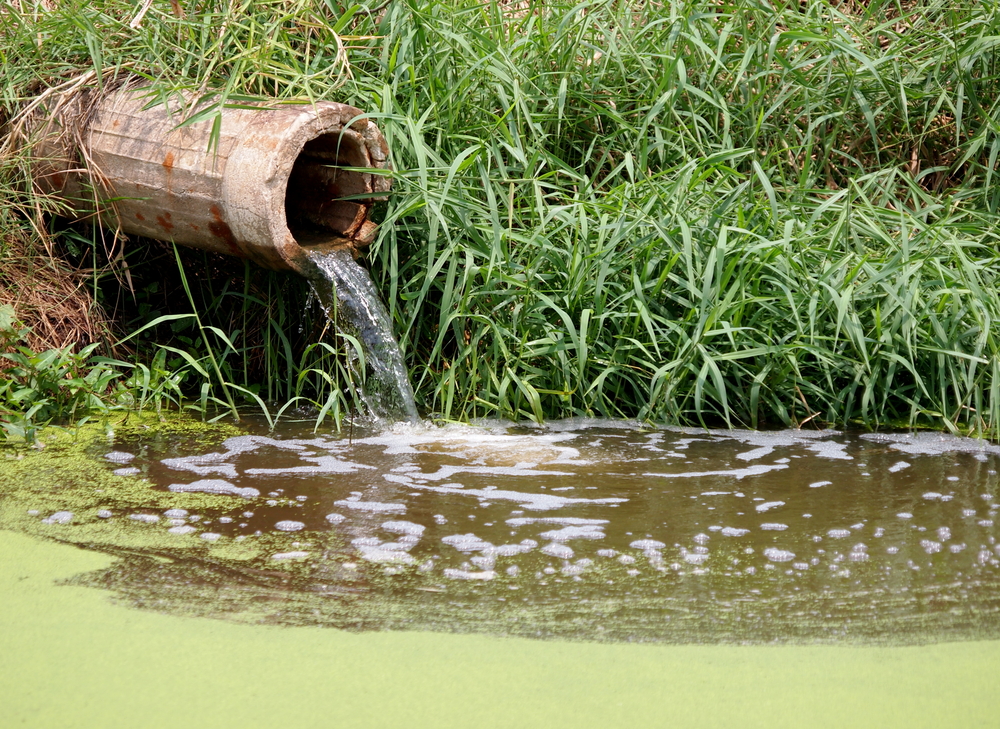Urban wastewater systems face two major types of contamination events — combined sewer overflows (CSOs) and sanitary sewer overflows (SSOs). Although these overflows are caused by different design limitations, both are driven by the same force: population growth in urban areas.
Immigration is driving population growth in America, especially in our fastest-growing cities.
To accommodate rising numbers of people, cities expand outward into adjacent suburbs, or upward with denser redevelopment. Both CSOs and SSOs become more severe because the growing populations increase sewage loads and stormwater runoff from impervious surface areas, such as pavement and rooftops. While the pathways differ, sewer overflows are caused by the same thing — growth overwhelming the capacity of aging sewer systems.

SSOs are especially sensitive to population growth because sanitary-only systems are designed to carry only sewage. As population increases, more households, businesses, hospitals and commercial facilities generate larger volumes of wastewater. When storms occur, sanitary systems — despite being “separate” from stormwater flows — inevitably take in infiltration through cracked pipes, deteriorated joints and leaking manholes. The combination of increased sewage volume from population growth and increased inflow during rainfall causes SSOs. More people mean more wastewater moving through pipes that may already be undersized — and that means more water pollution.
Aging infrastructure makes this problem worse. Many sanitary sewer networks were built between the 1950s and 1980s and now suffer from structural decay, corrosion and groundwater infiltration. As cities grow, new subdivisions often connect to older trunk lines, increasing flow through pipes not designed for such volumes. Pump stations and treatment plants also face growing demands.

Although building at higher densities may slow urban sprawl, there is no way around the fact that more people will generate more sewage. This invariably leads to more SSO events. The states combining the fastest population growth with the highest rainfall — Florida, Georgia, Texas, North Carolina, South Carolina — experience the worst SSO conditions in the country.
CSOs are concentrated in older cities and are also exacerbated by population growth. Combined systems carry both sewage and stormwater, which means that the system can become stressed when urban development increases impervious surfaces. As cities grow outward, they add roads, parking lots and roofs. As they grow upward, they concentrate development into dense zones with few pervious areas (such as fields or lawns). Both forms of growth increase stormwater runoff, meaning that during storms, combined systems fill more quickly and overflow sooner. Population growth also increases baseline sewage flows, reducing the available capacity to move stormwater during heavy rains.

According to EPA’s inventory of CSO communities, 22 states have CSOs with at least one older, densely built city. In these cities, stormwater and sewage share the same sewer pipes, causing overflow events during heavy rains. The result is a mix of raw sewage and stormwater being discharged into waterways.
Pennsylvania has the largest problem with CSOs in the United States. The state accounts for about 17% of all CSO outfalls in the nation, with 152 communities experiencing overflows, including major cities like Pittsburgh, Philadelphia and Harrisburg.
Both sewage overflow types intensify as urban populations grow. SSOs worsen because more people generate more wastewater that stresses aging pipes, pump stations and treatment plants. CSOs worsen because development expands impervious surfaces and stormwater runoff entering combined sewer pipes.

Whether through sprawl or densification, for hundreds of cities across America, population growth amplifies the intensity and regularity of sewage overflows and increases water pollution. Population stabilization through immigration reduction would reduce severe SSO and CSO discharges into our nation’s beleaguered waterways.